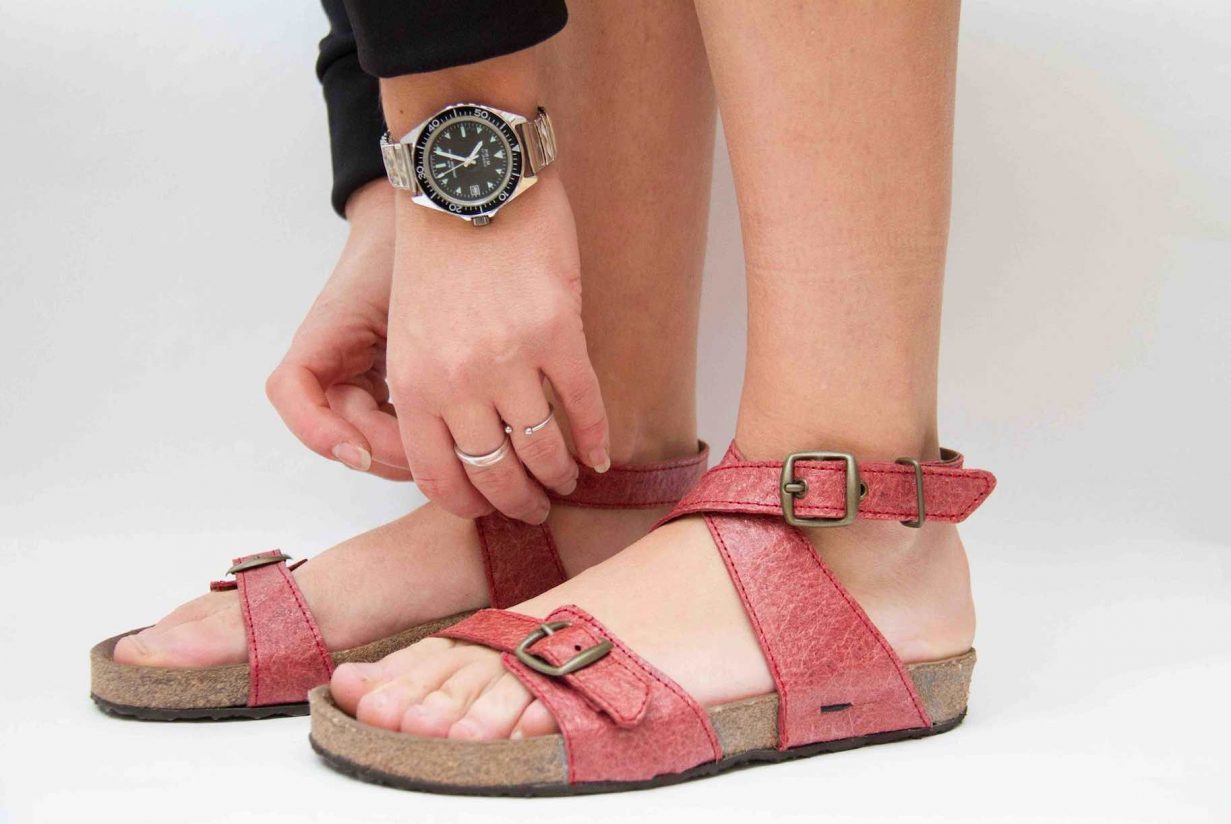Malai Makes Coconut Leather from Bacterial Cellulose
Malai is the eponymous bio-composite material developed from local coconut industry in Kerala by the material innovation firm of the same name, co-founded by Zuzana Gombosova and Susmith C.S. By Amiya Hisham
The word ‘Malai’ refers directly to the creamy flesh of the coconut. It is made from entirely organic and sustainable bacterial cellulose, grown on agricultural waste sourced from the local coconut industry in Kerala, South India.
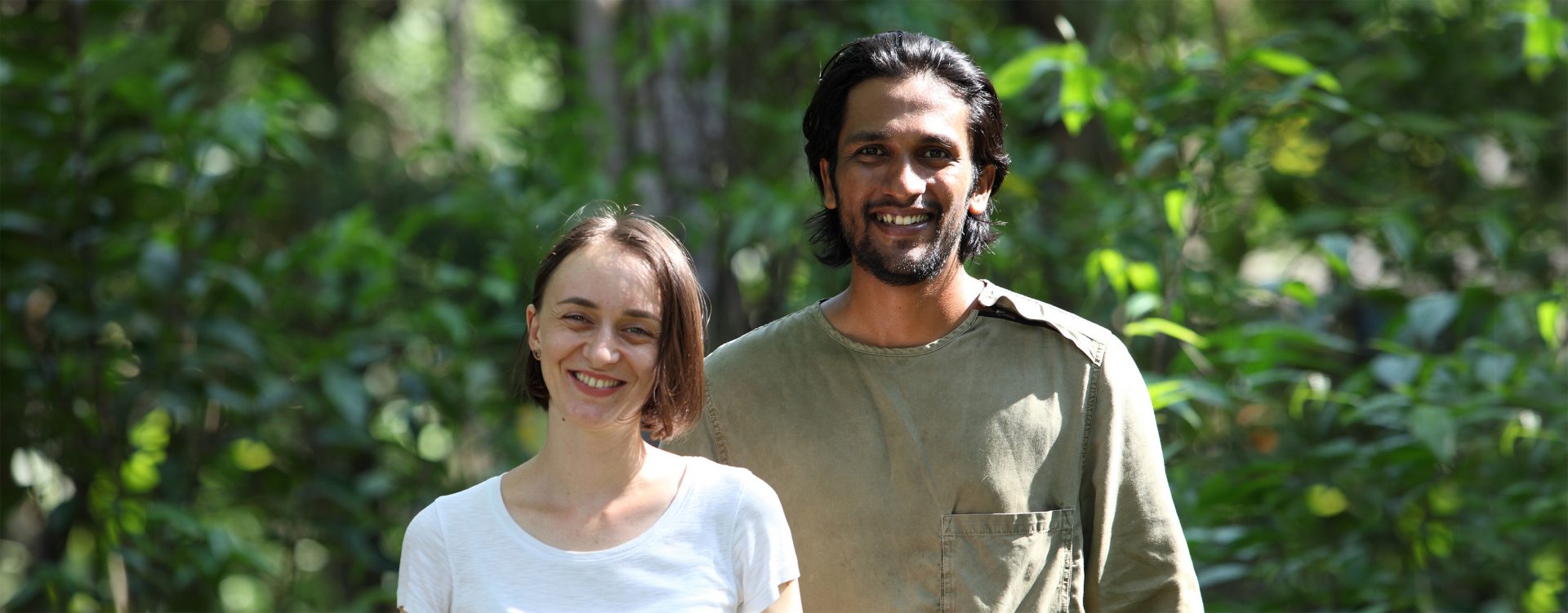 Zuzana is a Slovakian material researcher and designer who holds an MA in Material Futures from UAL. Susmith is a product designer from Kerala and a graduate of M.Des Product design and Manufacturing at IISc, Bangalore. They met while working together in Mumbai. Malai was founded as an outcome of their common outlooks on sustainable futures.
Zuzana is a Slovakian material researcher and designer who holds an MA in Material Futures from UAL. Susmith is a product designer from Kerala and a graduate of M.Des Product design and Manufacturing at IISc, Bangalore. They met while working together in Mumbai. Malai was founded as an outcome of their common outlooks on sustainable futures.
Zuzana had previously worked several years in the fashion and textile industry only to realize how polluting the industry is. In response to the values she found lacking in the industry, she turned her energies to find alternatives which held a deeper meaning. The Material Futures course at Central Saint Martins College introduced her to an academic environment that viewed things differently. Materials and textiles were not envisioned for a season or two ahead as in the fashion industry. Rather they were regarded both aesthetically and scientifically, projecting design possibilities, lifecycle and biodegradability for years and decades into the future.
Bacterial Cellulose
Zuzana feels that, “We may not have explored the microbial processes on the Earth as much as we have tried to explore outer space.” She explains how microbial processes are highly sophisticated activities comparable to or, in some ways, superior to large scale man made industrial processes.
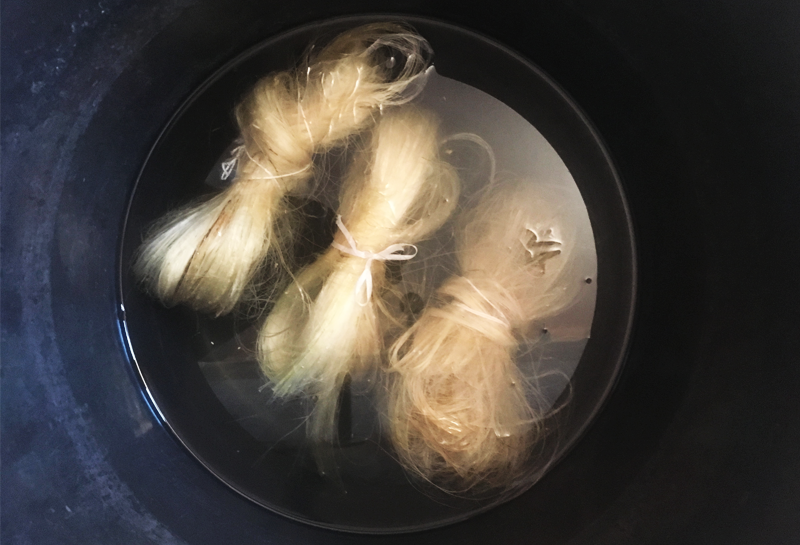
 Bacterial cellulose is an organic compound produced by certain types of bacteria which has different properties from plant cellulose. In contrast to the latter it is characterized by high purity, strength, mouldability and increased water holding ability. Though historically bacterial cellulose was widely applied in the food cultures of places like the Philippines (to create local delicacies like Nata de coco), in recent times with research advances in the field it has found applications in textiles, cosmetics and medicine. Zuzana was first interested in bacterial cellulose during her study, learning from the work of microbiologists and designers alike. She began to study life processes of different microorganisms such as their metabolisms, the bio-films they create and so on.
Bacterial cellulose is an organic compound produced by certain types of bacteria which has different properties from plant cellulose. In contrast to the latter it is characterized by high purity, strength, mouldability and increased water holding ability. Though historically bacterial cellulose was widely applied in the food cultures of places like the Philippines (to create local delicacies like Nata de coco), in recent times with research advances in the field it has found applications in textiles, cosmetics and medicine. Zuzana was first interested in bacterial cellulose during her study, learning from the work of microbiologists and designers alike. She began to study life processes of different microorganisms such as their metabolisms, the bio-films they create and so on.
Being from a designer background, for Zuzana it was more of a hands-on approach in material innovation in contrast to a scientific one. She believes material innovation is a give and take process, and “it is often a conversation between different disciplines from where new ideas emerge”.
 Malai has been a pursuit to create material resources from scratch, rather than to fix problems encrypted in the existing ones.
Malai has been a pursuit to create material resources from scratch, rather than to fix problems encrypted in the existing ones.
Making of Malai
Malai works with the local farmers and processing units, collecting their waste coconut water and repurposing it to feed the bacteria’s cellulose production. Coconut was chosen as a starting material mostly owing to its availability and its ideal chemical balance for cellulose production.
The finished Malai sheet has tactile qualities comparable to leather or paper and is both flexible and durable. Its production involves two stages. In the first stage, bacterial cellulose is allowed to take the form of a jelly-like substance, through a natural fermentation process that can take up to two weeks per sheet. In the second stage, natural fibres are added and the biocomposite is taken through a series of steps such as dyeing, drying, softening and treatment for water resistance. At every stage it exists in a biodegradable or combustible form
Outreach of a new material
Malai introduced themselves through material libraries such as Materio, where companies and designers approached them. Over time it has made several interesting collaborations with designers who have a shared approach towards new material concepts. In recognition for its work Malai has won a handful of accolades since its inception. The most recent of these was the Circular Design Challenge, held as part of Lakme Fashion Week, an award run by R.elan and United Nations India.
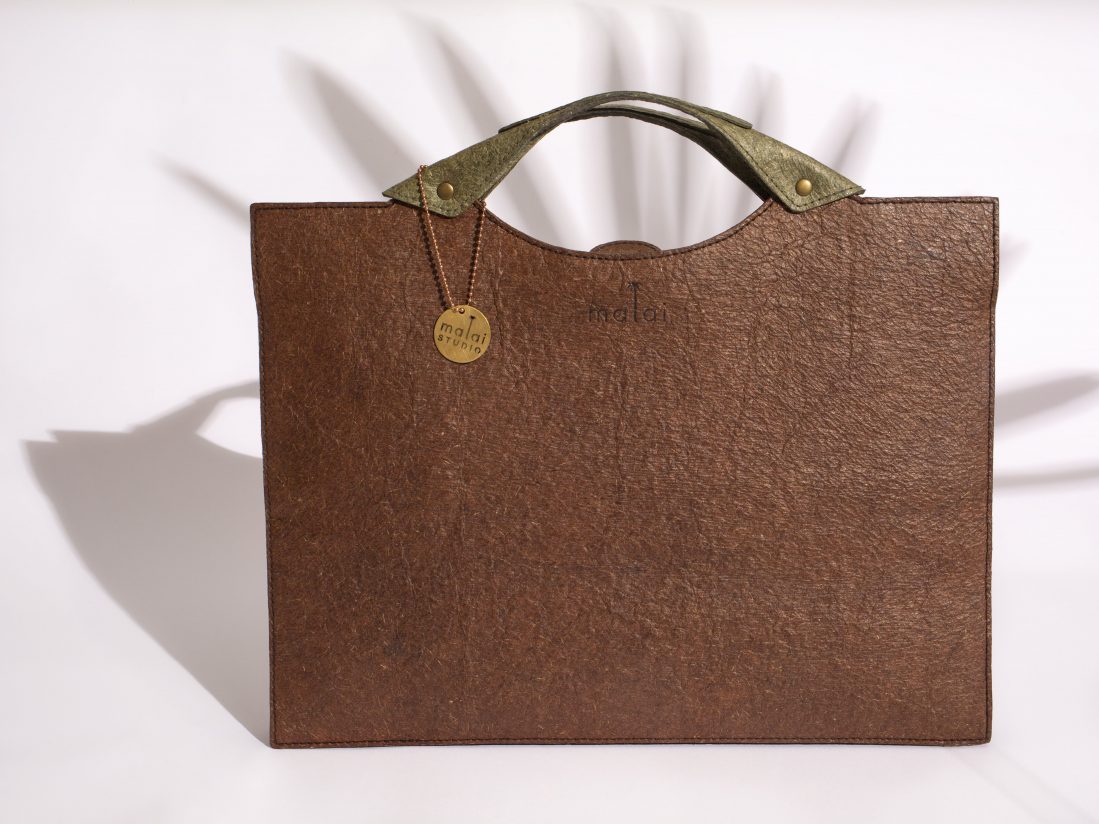
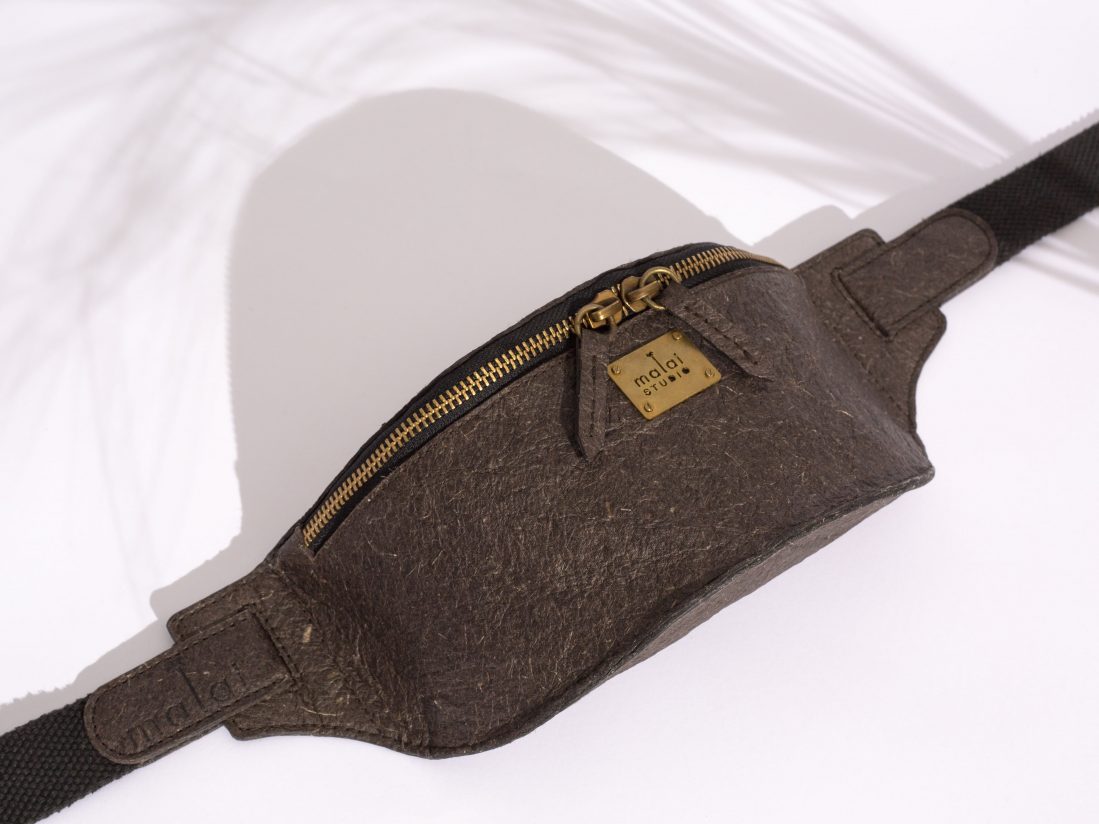 When asked about the prospects of Malai ‘scaling up’ Zuzana has an interesting take. She remarks how scaling up of eco-friendly materials is a delicate issue, since that could inherently imply a conflict with the value system of sustainable material production. Most material innovators are start-ups that follow a very decentralized work strategy which extends to the local conditions of the place where the respective material developed. She also insists that Malai must be regarded as a material with its own unique properties and therefore it must be applied according to its relative strengths. The material philosophy that underlines practices like Malai is a hallmark of an emerging environmental consciousness and consumption ethics.
When asked about the prospects of Malai ‘scaling up’ Zuzana has an interesting take. She remarks how scaling up of eco-friendly materials is a delicate issue, since that could inherently imply a conflict with the value system of sustainable material production. Most material innovators are start-ups that follow a very decentralized work strategy which extends to the local conditions of the place where the respective material developed. She also insists that Malai must be regarded as a material with its own unique properties and therefore it must be applied according to its relative strengths. The material philosophy that underlines practices like Malai is a hallmark of an emerging environmental consciousness and consumption ethics.
Zuzana sees sustainable and ethical material production having a bright future in the post-pandemic era. She foresees academic curricula in design fields actively including the scientific component as an integral part of design discourse about a sustainable future.


